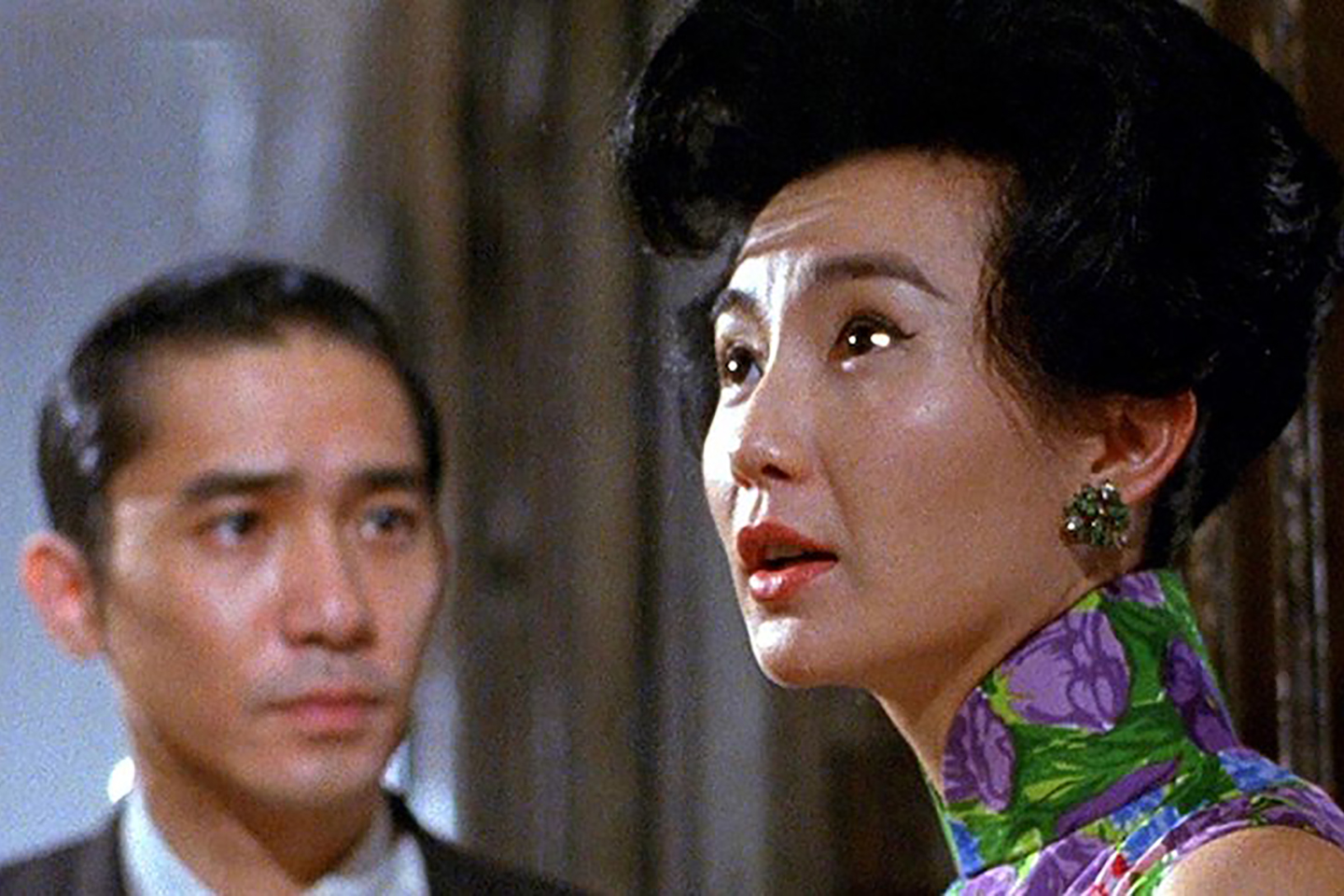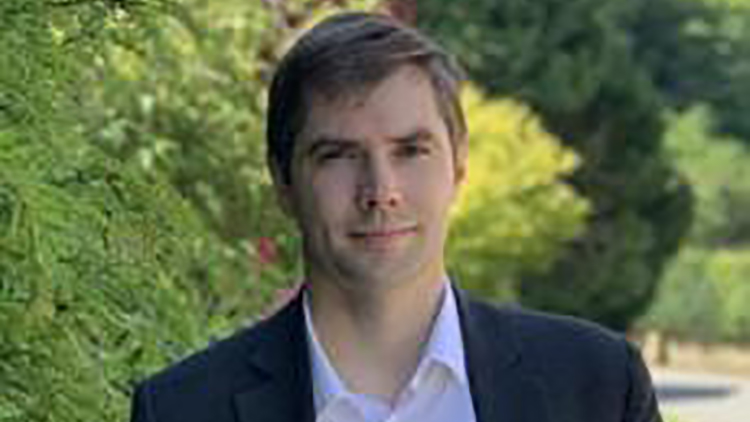
Thanks to all who participated in our Summer 2020 series! The discussion series is now concluded, but you can still watch the video-taped introductions by our film experts and the films on your own time. Throw a DIY watch party! For more information on the series: Virtual International Film Festival.
Video introduction by SHASS faculty for each film are available to the public. Links to the featured films are open to current MIT students, faculty and staff.
Introduction to the film
By Tristan Brown
Watch the film
Watch the film here: In the Mood for Love
About the film
Brown’s pick is: In the Mood for Love, directed by Wong Kar-Wai, 2000, The Criterion Collection.
A major work of Asian cinema, and considered by some one of the greatest films of all time, In the Mood for Love is the second film in Wong Kar-Wai’s tetralogy. Set in 1960s Hong Kong: Chow Mo-wan and Su Li-zhen move into neighboring apartments on the same day. Their encounters are formal and polite–until a discovery about their spouses creates an intimate bond between them. At once delicately mannered and visually extravagant, Wong Kar-wai’s “In the Mood for Love” is a masterful evocation of romantic longing and fleeting moments. With its aching musical soundtrack and exquisitely abstract cinematography by Christopher Doyle and Mark Lee Ping-bin, this film has been a major stylistic influence on the past decade of cinema, and is a milestone in Wong Kar-wai’s redoubtable career. Features: Maggie Cheung, Ping Lam Siu, Tony Chiu Wai Leung.
Country of Origin: Hong Kong. Languages: Cantonese, Mandarin, Shanghainese. Genre: Romance Awards: 2000 Cannes Film Festival, Nominated: Palme d’Or, 2001 Hong Kong Film Awards, 2000 Golden Horse Film Festival and Awards, 2001 New York Film Critics Circle Awards, and more.
Speakers

- Assistant Professor of History at MIT
Tristan G. Brown is a social and cultural historian of late imperial and modern China. His research focuses on the ways in which law, science, environment, and religion interacted in China from the seventeenth to early twentieth centuries.
